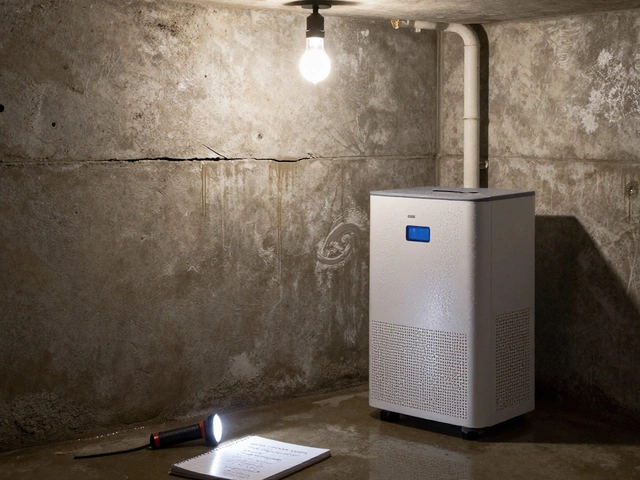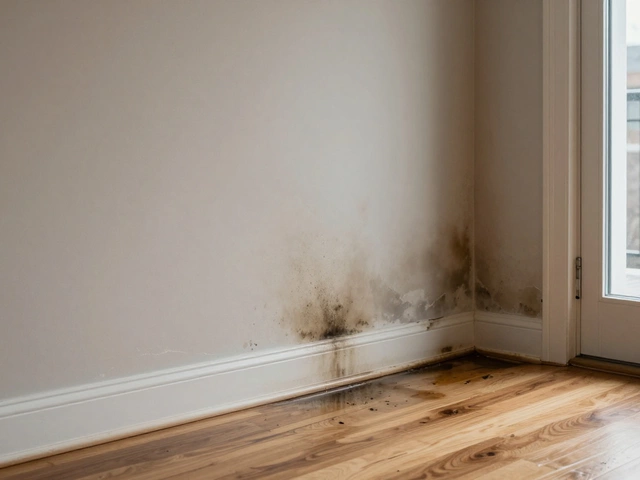How to Spot and Stop Mold in Your Home
Ever walk into a room and notice a musty smell? That’s often mold trying to tell you something’s wrong. Mold loves damp places, so the first thing you need to do is look for water problems. Leaky pipes, a roof that lets rain in, or even a bathroom that stays wet after a shower can create the perfect breeding ground.
Look for visible signs: black, green, or white patches on walls, ceilings, or around windows. If you see water stains that don’t dry, that’s a red flag. Don’t forget hidden spots like under sinks, behind appliances, or in the attic. A quick way to check is to run your hand over surfaces that feel soft or spongy—mold can make them feel a little slimy.
Quick Fixes to Stop the Spread
Once you’ve found the mold, act fast. Small patches (under 10 square feet) can usually be cleaned with household items. Mix one part bleach with three parts water, wear gloves and a mask, and scrub the area. Let it sit for a few minutes, then rinse and dry thoroughly. If you prefer a non‑chemical option, white vinegar works well on many surfaces. Remember, the goal is to kill the spores and dry the spot completely.
If the mold covers a larger area, or if it’s behind drywall, it’s best to call a professional. They have the right equipment to contain spores and prevent them from spreading to other rooms. Trying to clean big jobs yourself can actually make the problem worse.
Preventing Mold Before It Starts
The easiest way to keep mold away is to control moisture. Use a dehumidifier in damp areas like basements and laundry rooms. Keep the indoor humidity below 60 %—you can check this with a cheap hygrometer.
Ventilate whenever you cook, shower, or do laundry. Open a window or run an exhaust fan for at least 15 minutes after each activity. Fix leaks right away; a dripping faucet may seem minor but it can cause hidden mold in a few weeks.
Regularly check the roof and gutters for clogs. Clean them out in the spring so rainwater flows away from the house foundation. If you notice water pooling near the walls, consider adding a drainage slope or a French drain.
Finally, pick mold‑resistant products when you remodel. Paints with mold inhibitors, moisture‑blocking drywall, and sealed concrete floors all add extra protection.
Staying on top of these simple habits will keep your home healthier and save you money on costly repairs. Spot the signs early, act fast, and keep moisture at bay—your house will thank you.
Why New Builds Get Mold: Hidden Causes and Easy Solutions

New homes are supposed to be perfect, but mold? Find out why new builds are hiding a damp secret and how you can tackle lingering moisture before it turns into a nightmare.
read more



